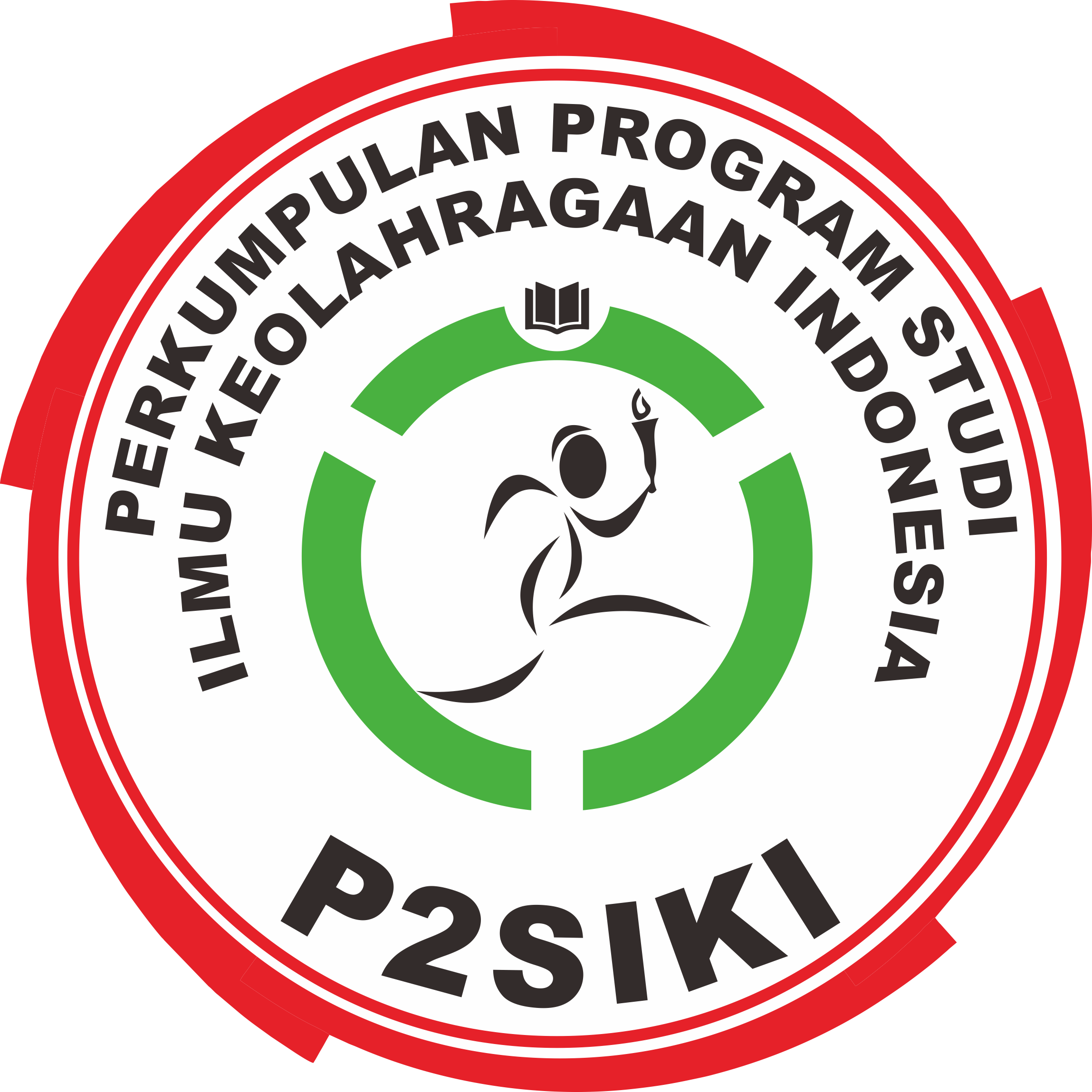Identifying The Level of Flexibilty, Agility and Speed Among Track and Field Athletes with Disabilities
(1) Faculty of Sports Science and Recreation, Universiti Teknologi Mara, Malaysia,
(2) SMK Syed Mashor, Batang kali, Selangor, Malaysia
(3) Faculty of Health Sciences, Puncak Alam Campus, Universiti Teknologi Mara, Malaysia,
(4) School of Education & Social Development, Universiti Malaysia Sabah, Malaysia
(5) UUM College of Arts and Sciences, Universiti Utara Malaysia, Malaysia
(6) UUM College of Arts and Sciences, Universiti Utara Malaysia, Malaysia
Abstract
Abstract In order to become a successful track and field athlete, an athlete must develop skills in flexibility, agility and speed. However, to date, all the research regarding flexibility, agility and speed have concentrated on normal athletes. The present study extends this line of research to disabled track and field athletes in Malaysia. The aims of the present study were to achieve the set a benchmark for measuring level of flexibility, speed and agility among track and field athletes with disabilities; and to examine the influence of participation in either track or field events on the development of flexibility, agility and speed.
Thirty-eight (n=38) track and field athletes with disabilities comprising of 27 males and 11 females participated in the study. Each participant completed six tests made up of sit and reach test, lateral change of direction test, hand grip strength test; back leg dynamometer test and sit-up test. A descriptive analysis was used to assess differences in performance between track and field athletes with disabilities on the six tests. It was observed that track athletes with disabilities were superior on agility, speed and agility than field athletes with disabilities. All the data were analysed using SPSS and presented as mean of (± SEM). The mean value height and weight for male 168.35 ± 1.46m and 66.73 ± 3.28kg. Meanwhile, the mean value height and weight for female’s 153.82 ± 2.10m and 45.08 ± 1.94kg. For male Body Mass Index (BMI), the mean was 23.33 ± 4.5 kg.m2 and 19.09 ± 1.6 kg.m2 for females. When divided according to gender category, the mean back grip test for male subjects was 92.06 ± 44.2 kg and 48.45 ± 17.2 kg for females. Sit-ups test revealed that the mean performance for male was 35.52 ± 9.8 and 28.36 ± 8.14 for the female athletes. Besides that in the sit and reach test, the mean for male athletes was 30.78 ± 12.2 cm and 23.18 ± 12.40 cm for females athletes. In the hand grip test, male subjects mean was 70.51 ± 30.5 kg and 45.47 ± 15.91 kg for females. The mean value for lateral change of direction test for male athletes was 13.66 ± 3.7 and 15.78 ± 2.9 for the female athletes. The field athletes were, however, superior on flexibility, back grip test and hand-grip test than track disabled athletes. The results showed the three measures of flexibility, agility and speed were appropriate for determining the physical fitness level of track and field *Faculty of Sports Science and Recreation, Universiti Teknologi Mara, Malaysia, SMK Syed Mashor, Batang kali, Selangor, Malaysia Faculty of Health Sciences, Puncak Alam Campus, Universiti Teknologi Mara, Malaysia, School of Education & Social Development, Universiti Malaysia Sabah, Malaysia UUM College of Arts and Sciences, Universiti Utara Malaysia, Malaysia athletes with disabilities.
Keywords
Full Text:
PDFReferences
Alter, M. J. (1988). Science of stretching. Champaign: Human Kinetics Books.
Bach, B. K., Green, D. S., & Jensen, G. M. (1985). A comparison of muscular tightness in runners and non-runners and the relation of muscular tightness to low back pain in runners. Journal of Orthopedic Sports Physical Therapy, 6, 315-323.
Blinde, E. M.& McCallister, S. G. (1999). Women, Disability, and Sport and Physical Fitness Activity: The Intersection of Gender and Disability Dynamics. ProQuest Education Journal. 70(3), 303
Bookwalter, K. W., et al. (1952). The Relationship of Body Size and Shape to Physical Performance. Research Quarterly, 23, 279.
Carter, M. J. McCown, K. M. & Forest, S. (2004). Exercise and Fitness for Adults with Development Disabilities: Case Report of a Group Intervention. Therapeutic Recreation Journal. 38(1), 72-84.
Corbin, C. B. & Noble. L. (1980). Flexibility: A Major Component of Physical Fitness. JOPERD, 51,23-24.
Cureton, T. K. (1941). Body Build as a Framework of Reference for Interpreting Physical Fitness and Athletic Performance. Research Quarterly Supplement, 12, 301-330
DeVries, H. A. (1961). Prevention of Muscular Distress After exercise. Research Quarterly, 32, 177-185.
DeVries, H. A., & Adams, G. M. (1972). EMG comparison of single doses of exercise and meprobamate as to effects of muscular relaxation. American Journal of Physical Medicine, 51, 130-141.
De Vries, H. A., Wiswell, R. A., Bulbulion, R., & Moritani, T. (1981). Tranquilizer effect of exercise. American Journal of Physical Medicine, 60, 57-66.
Farfan, H. F. (1973). Mechanical disorders of the low back. Philadelphia: Lea and Febiger.
Hall, D. M. (1956). Standardization of Flexibility Tests for 4-H Club Members. Research Quarterly, 27, 296300.
Liemohn, W., Martin, B. S., & Pariser, L. G. (1997). The effect of ankle posture on sit-and-reach test performance. National Strength & Conditioning Association, 4, 239-241.
Milne, C., V. Seefeldt, and P. Reuschlein. (1976). Relationship Between Grade, Sex, Race, and Motor Performance in Young Children. Research Quarterly, 47, 726-730.
Mookerjee, S., Bibi, W. K., Kenney, A. G., & Cohen, L. (1995). Relationship between isokinetic strength, flexibility, and flutter kicking speed in female collegiate swimmers. National Strength & conditioning Association, 2, 71-74.
Phillips, M., et al. (1955). Analysis of Results from the Kraus-Weber Test of Minimum Muscular Fitness in Children. Research Quarterly, 26,322.
Rimmer, J. H. Rubin, S.& S. David, B. (1999). Physical Activity Pattern of African American Women with Physical Disability. Medicine and Science in Sport Exercise. 31(4), 613-618.
Safran, M. R., Garrett, W. E., Seaber, A. V., Glisson, R. R., & Ribbeck, B. M. (1988). The role of warm up in muscular injury prevention. The American Journal of Sport Medicine, 16, 123-129.
Taylor, D., Dalton, J. D., Seaber, A. V., & Garrett, W. E. (1990). Viscoelastic properties of muscle tendon units – the biomechanical effects of stretching. American Journal of Spots Medicine, 18, 300-309.
Refbacks
- There are currently no refbacks.
Published by:
Department of Sport Science, Universitas Negeri Semarang
Gd. F1 Lt. 1 FIK-UNNES, Jalan Raya Sekaran Gunungpati Semarang Indonesia 50229, Telp/Fax: (024) 8508007
This work is licensed under a Creative Commons Attribution 4.0 International License.




